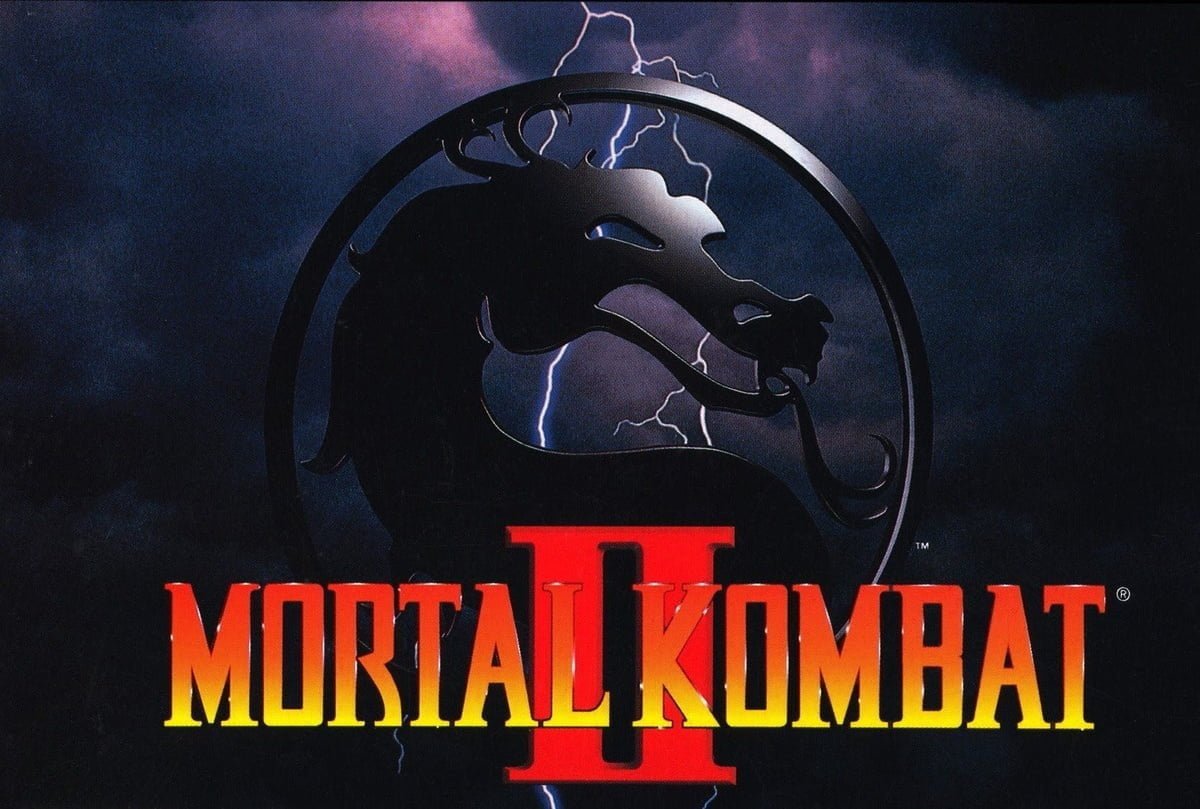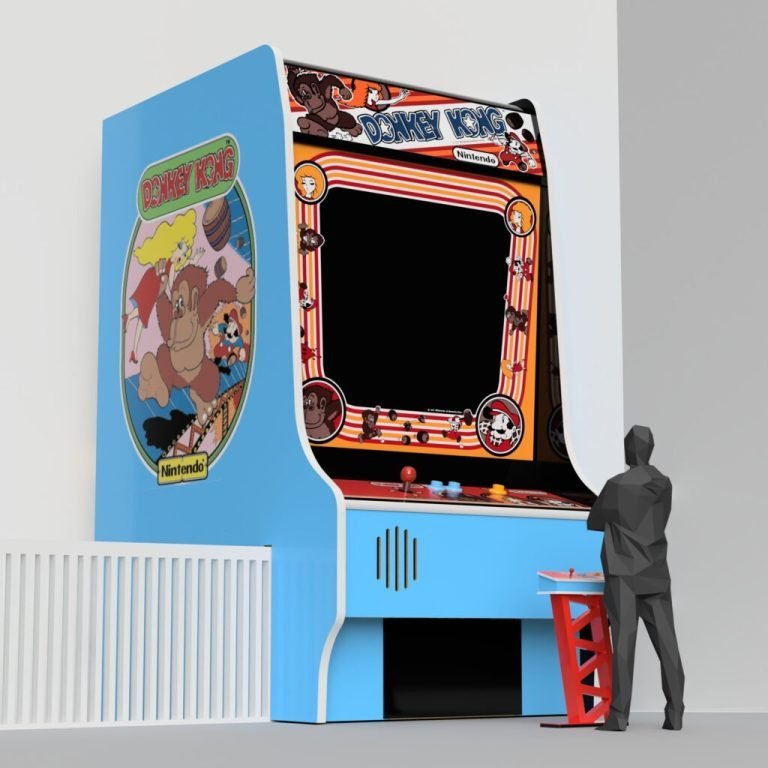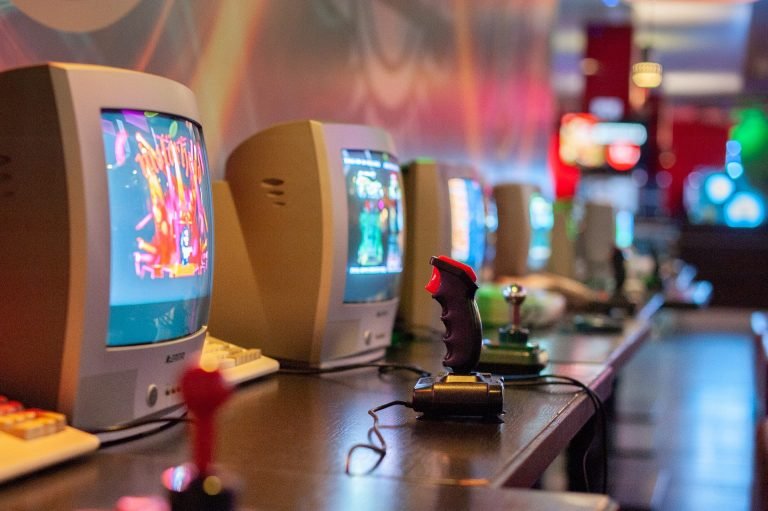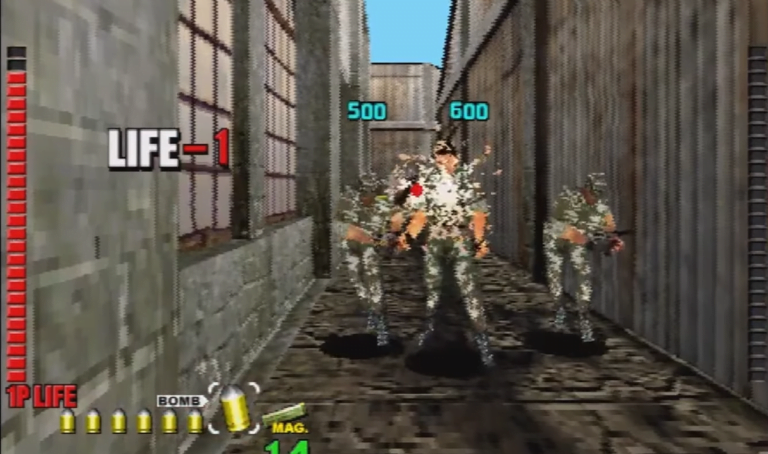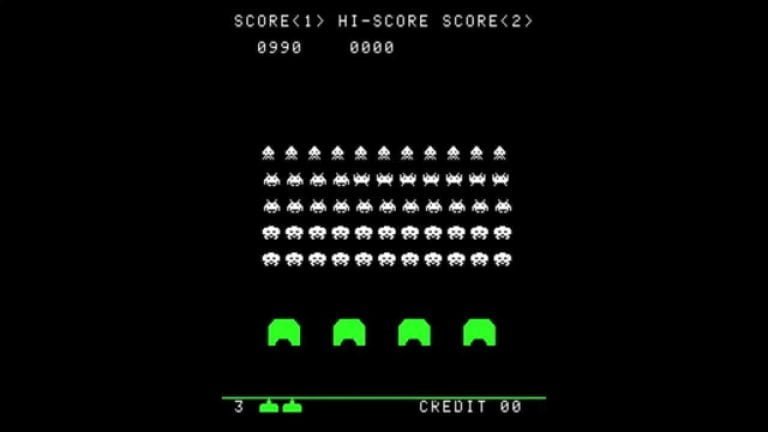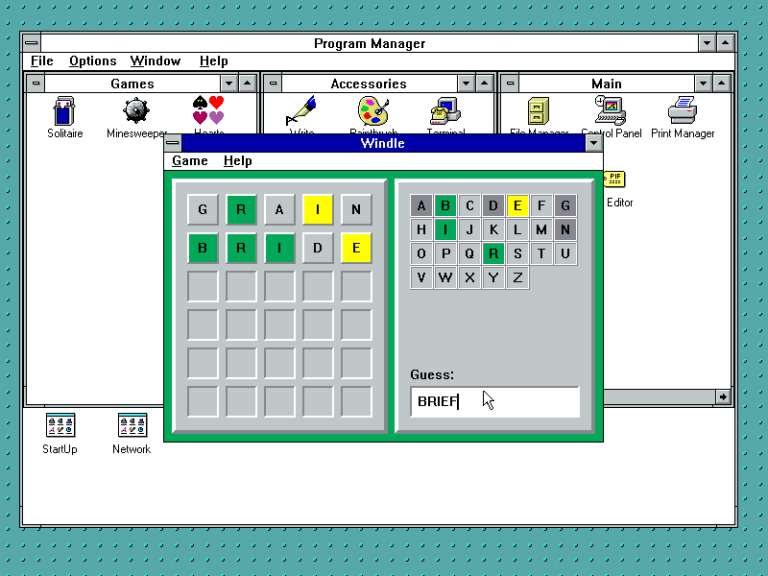How Mortal Kombat II’s Backgrounds Set the Stage
Last Updated on March 14, 2023
Mortal Kombat II looks amazing even now, but it isn’t all about the fighting…
The nature of video game backgrounds and staging, the use of colour or a flamboyant piece of parallax scrolling, these considerations were all over the minds of the pixel presentation brigades of back-then.
I think about California Games on the Master System, of how the backgrounds were styled and arranged to leave no seam between them and the gameplay staging itself. It was a sophisticated effort I think with each of those backgrounds set in simple colour tones with splashes of pixel decoration. It had such a sense of place, and you knew that place was California. Not just because the box said so but because you had eyes and everyone had seen pieces of California before. It looked correct, even if it played like an old soggy leather sandal.
I can’t remember how it played to be honest, and if I do it is always the torturous timing requirements that come to mind. I think we shall move on then, over the stage and into the background for a wide-eyed appreciation of the finer examples of the further details. Tough to know exactly where to start with this one so we’ll set the rules.
It had such a sense of place, and you knew that place was California. Not just because the box said so but because you had eyes and everyone had seen pieces of California before.
2D only, and I mean stubbornly so. I’m not even allowing myself Jungle Strike as that really is all staging and no background, fantastic as it may be. So let me make it clear, we are going to begin with Mortal Kombat II.
The arcade one.
Depth in Mortal Kombat II
Midway’s bludgeoning sequel added many sweet steroids to the striking original and threw in an absolute platter of world building backgrounds. Diverse yet cohesive, Mortal Kombat II’s staging was a picture book tour through the lore of the game’s Underworld setting. Pastel reds and twilight blues light the skies with dappled colours, beneath which are brooding mythological wastelands of broken castles and leftover warfare, or tall, teeth-ridden platforms and floating temples.
Under a black woodland canopy, trees snarl with distinct faces and features. Inner spaces are presented as a smouldering weapons room and a sewer of acid replete with meat hooks. You also get a spiralling inter-dimensional portal and a slaughterhouse colosseum. It was all unlike anywhere you would want to find yourself, other than if you could somehow perform some retro-style kung-fu’n’fireballs.
Back then you would pay for the experience, and Mortal Kombat II was an experience. A lesser game than Capcom’s offerings perhaps but a greater experience, with so much of that coming from the ambient specific tone of its ancient Babylon meets heavy metal album cover aesthetic. Amongst the attitude laden output of the time, and despite the blood, guts and gizzards of the hit boxes, Mortal Kombat II had an unmatched appeal of place which came through at every layer of its distance.
Pastel reds and twilight blues light the skies with dappled colours, beneath which are brooding mythological wastelands of broken castles…
Sadly that Underworld tone became something of a textual relic as the subsequent games moved by degrees further from the sombre, mystery-school schlock of number 2 and into modernity. Shame, but better to have loved and done fatality… let’s leave the Underworld but continue with the theme of uber violence.
Metal Slug’s theatre of war
Metal Slug is perhaps the most Cheshire cat of all the games that grin. It likes what it does and is happy to get away with it. But then if we all looked that good we’d want to, too. We all know the drill with this game and its art style; it is an absolute peach. And just like the game itself we cannot refuse another round so let us have a wander around the backgrounds, get into the foliage and have a rummage through the wreckage. Look out for grenades.
Like Mortal Kombat II, Metal Slug works hard from the background outwards to put you in its sense of place, and time, for this one is a World War 2 Nazi blaster from the lasers-for-guns school of action. But the backgrounds are all authentic. The game drops you off in a dense Cambodian jungle, and you are straight into the earthy colours of old temple stones, abundant trees and a hazy pale sky, following the gunfire forward to a beached submarine before a quick hop over some river huts and passed the spectacular sight of a warship cleaved in half and exposed beneath a rocky waterfall.
Climbing the wreckage, you ascend to the near top of a waterfall, a further peak resting in the distance as you blunderbuss seven shades into a hastily repaired boat-plane. Like I said, this is a serious historical game, but the point is that in just the opening level you are treated to more sights and tiny magnitudes of background and scene setting than most graphic novels have going on throughout their entire panels. And this is without mentioning the number of details already happening in the foreground, which I am not going to do further.
I will draw attention back to the seam between back and foreground that I mentioned earlier as this game colours this line so carefully, and often through a beautiful sense of forced perspective which sets the whole thing just so.
Metal Slug is tough as pig iron.
On the second mission, you clear a foggy London bridge at night and make another ascent (by now morning) up a wooden scaffold while an angled view of the city plays behind and beneath you. The precision of the setting and care over its detailing was and remains supreme, even by SNK standards, which is a cannon that includes Last Blade 2. On and on (or levels 1-4) the painterly attitude to the backgrounds and oft jaunty angle of presentation calls you to a moments lapse in concentration to look at them while bombs rain down. You will lose lives like that.
A background of honourable mentions
Metal Slug is tough as pig iron, and if perhaps it is not quite the match for the older Contra games in terms of control and feel, the experience here is so full that it is the one you would go two-player on. And that is still without mentioning all the foreground stuff, which I will still refrain from. Then there is all the good stuff going on in all the other games that are barely here for the mention.
Mortal Kombat II and Metal Slug are operas amongst pantomimes.
Castle of Illusion across all systems was a blinder and the first two Earthworm Jim games must receive a tip of the hat for the sheer force of its background audacities. You could include any other of those Shiny Entertainment games from the time. The Star Wars games on the Super Nintendo came with backgrounds that not only nailed 16-bit design effects but also looked like they came from an authentic Lucas Vault-of-Concepts.
Backgrounds are rarely just that. I used to work for a concert hall and regularly played my part in building opera stages. I have seen the sweat and effort that goes into background details and the dressing of the set with small considerations which were never lost on the audience. Opera, like old game machines, are restricted by space but therein can be found the most creative solutions for taking you outside life and placing you into a different world.
Mortal Kombat II and Metal Slug were like operas amongst pantomimes.
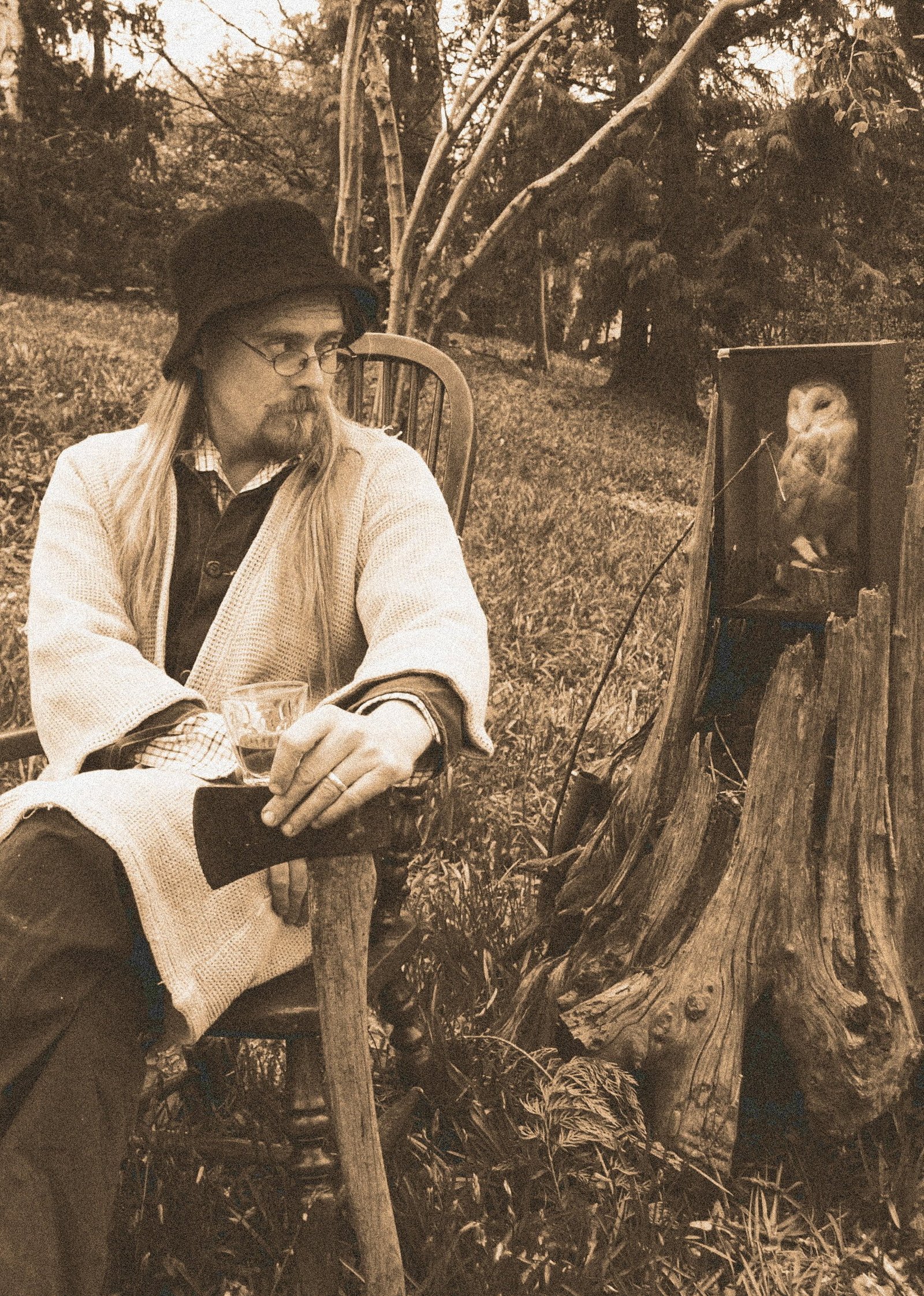
John is a writer and gardener. He comes with various 90’s Sega attachments and is the author of The Meifod Claw and other works. His favorite tree is a copper beech and he would like his coffee black without sugar, thank you.
